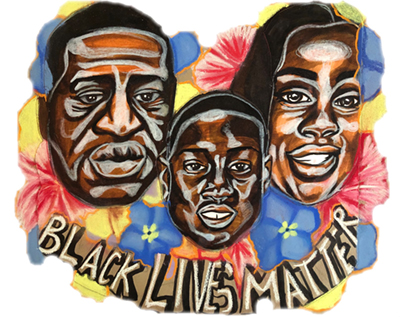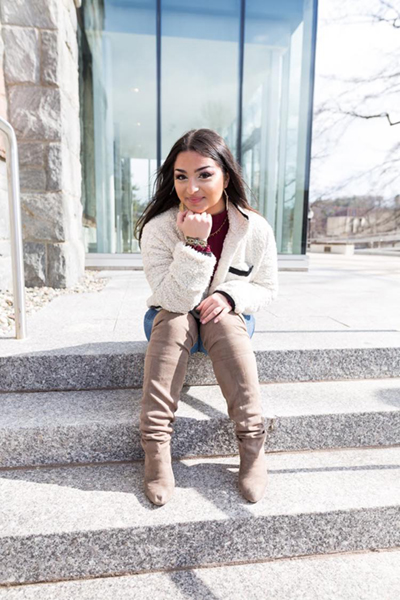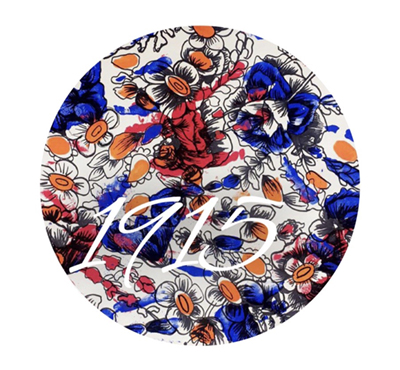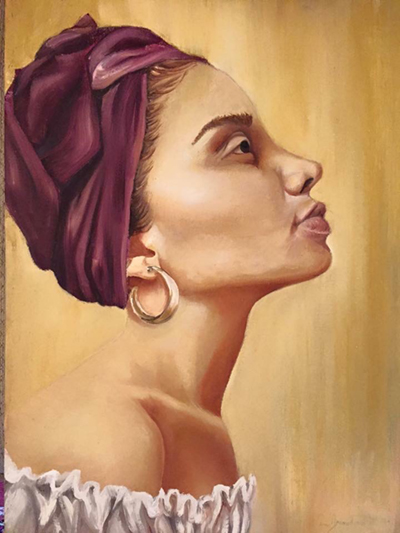SPRINGFIELD, Mass. — Ani Jermakian is a talented young artist with a cause: making people’s lives better through her artwork.
She says, “the motive of art is healing.”
The 23-year-old native of the Wilbraham, a suburb of Springfield, has a positive attitude and a sweet, caring personality that immediately comes across. She has tackled very serious issues in her work, from the Armenian Genocide to the Black Lives Matter movement with her project #Illbeyourvoice. By profession, she is an art teacher who has dedicated her career to nurturing the next generation in the public school system.
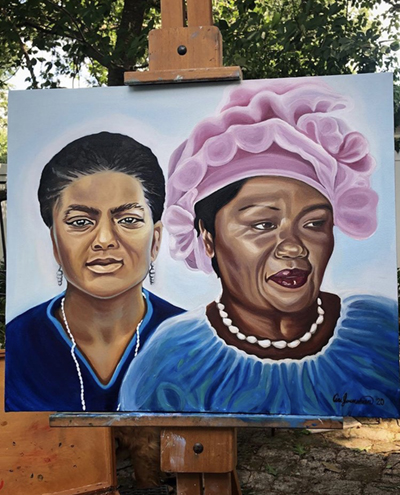
Jermakian, a third-generation Armenian-American who comes from a close-knit family heavily involved in the Armenian community (particularly at St. Mark’s Armenian Church in Springfield), started private art lessons at age 8. Her elementary school teachers noticed that she had a serious talent for art, and informed Jermakian’s mother, who found her a private teacher, Donald Blanton. Blanton, a prominent artist in Springfield, is especially known for his work with children and youth in teaching art. Jermakian took lessons from ages 8 to 18 and still keeps in touch.
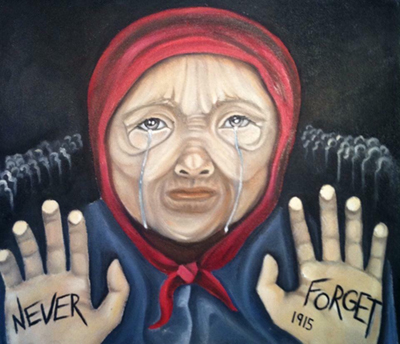
“He nurtured my talent,” she said. “He taught me things like looking at something and practicing your eye — it’s super important.” Her sharp eye for the world around her led naturally to Jermakian’s adoption of a Realist style.
Unlike many contemporary artists, Jermakian’s work tends toward realism and portraiture. “I was taught classical art,” she said, by Blanton, noting than an early inspiration was Americana realist painter Norman Rockwell. But perhaps the most important reason is that it helps her connect with the people that are going to be enjoying her works.
